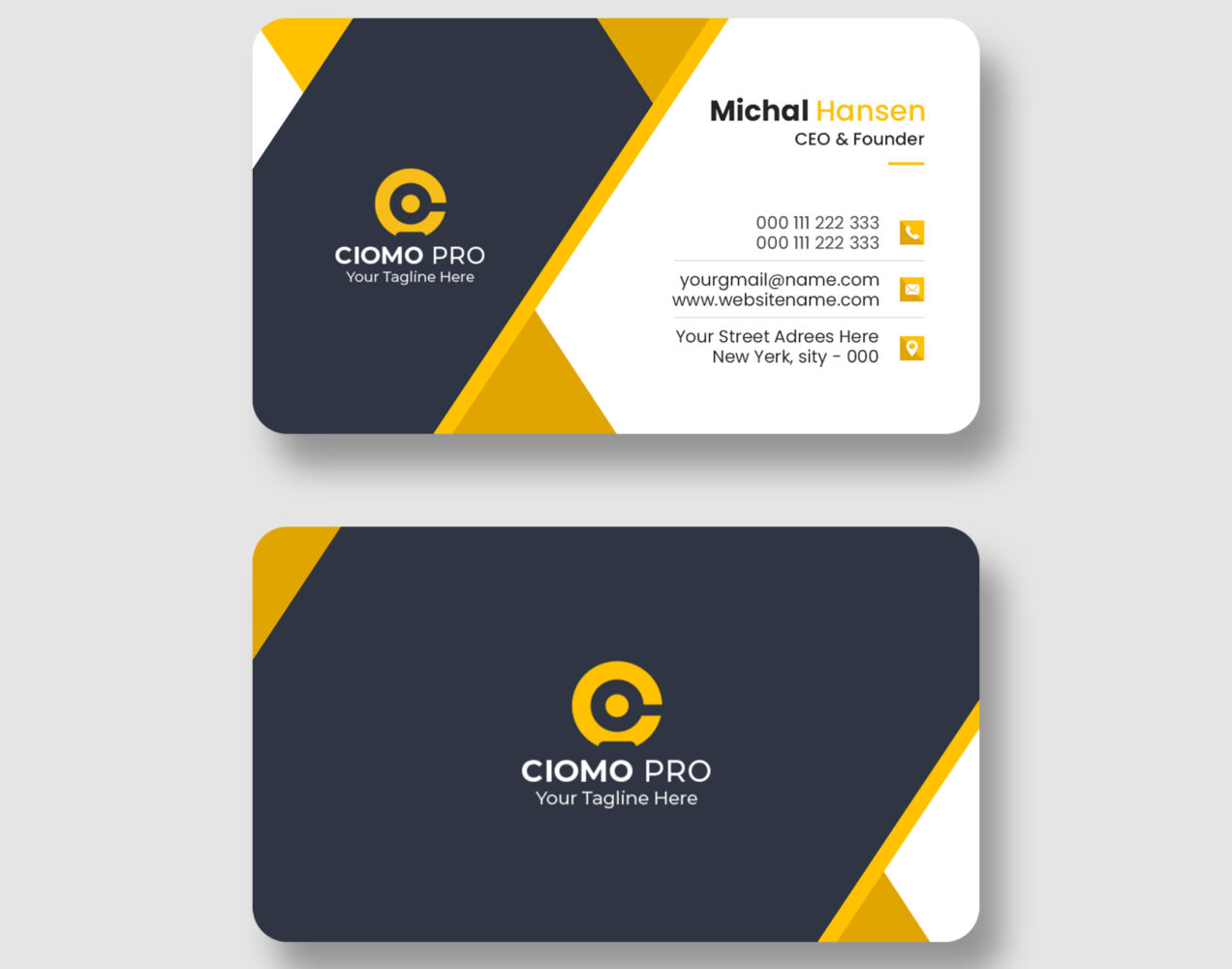- What is CSS and what does it stand for?
Answer: CSS stands for Cascading Style Sheets and it is a style sheet language used for describing the look and formatting of a document written in HTML. It allows developers to separate the presentation of a website from its content, making it easier to make global changes to the appearance of the site. - What are the different ways to include CSS in a web page?
Answer: There are three main ways to include CSS in a web page:
- External Style Sheet: an external .css file is linked to the HTML document using a link tag in the head section.
- Internal Style Sheet: CSS styles are included in the head section of an HTML document using a style tag.
- Inline Style: CSS styles are applied directly to an HTML element using the style attribute.
- What is the CSS box model and how does it work?
Answer: The CSS box model is a concept that defines the rectangular boxes that are generated for HTML elements and the space around those boxes. It consists of four parts: the content, padding, border, and margin. The size of an element is determined by its content, which is surrounded by padding, which is surrounded by a border, which is surrounded by a margin. - What is the difference between class and id selectors in CSS?
Answer: Class selectors are used to select elements that belong to a specific class, while id selectors are used to select a unique element with a specific id. Class selectors are denoted with a period (.) before the class name, while id selectors are denoted with a hash (#) before the id name. Multiple elements can share the same class, but each id can only be used once per page. - What is the CSS z-index and how does it work?
Answer: The z-index property in CSS is used to determine the stacking order of elements. An element with a higher z-index will appear on top of elements with a lower z-index, effectively layering the elements in the order specified by the z-index. The default value for z-index is zero, but it can be set to any positive or negative integer value. - What is the CSS float property and what does it do?
Answer: The float property in CSS is used to specify how an element should float within its parent container. When an element is floated, it is taken out of the normal flow of the document and shifted to the left or right, allowing text and other elements to wrap around it. This can be useful for creating column-based layouts or floating images within text. - What is responsive design in CSS and how is it achieved?
Answer: Responsive design in CSS is a design approach that allows a web page to adjust its layout and appearance based on the size of the screen it is being displayed on. This is achieved using CSS media queries, which can detect the size of the screen and apply different styles based on that information. The goal of responsive design is to provide an optimal viewing experience for users on different devices, including desktop computers, laptops, tablets, and smartphones. - What is the CSS clear property and what does it do?
Answer: The clear property in CSS is used to control the behavior of elements that follow floating elements. It specifies on which side(s) of a floating element an element should not be positioned, effectively “clearing” it from the floated element. The clear property can be set to left, right, both, or none, depending on the desired behavior.






